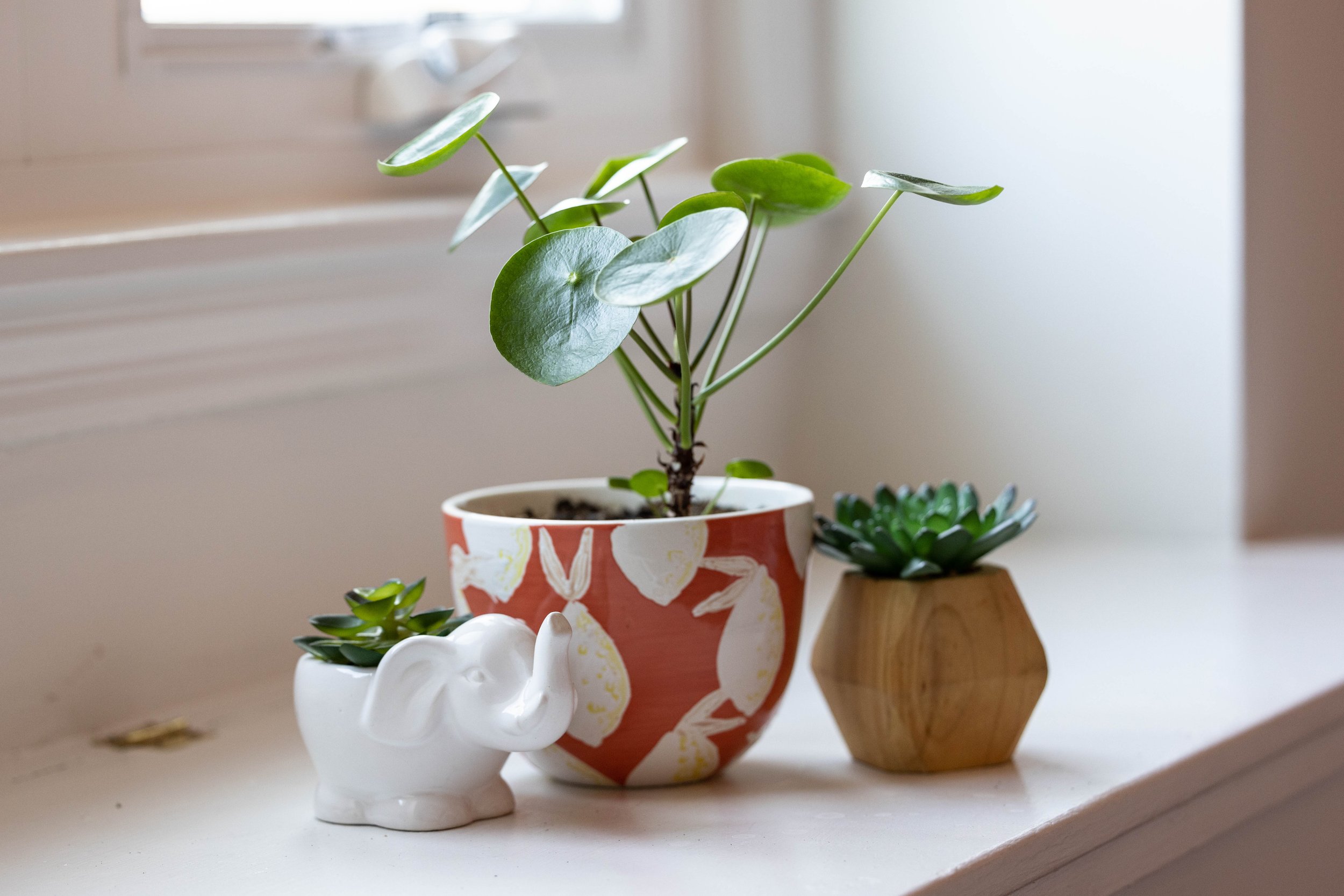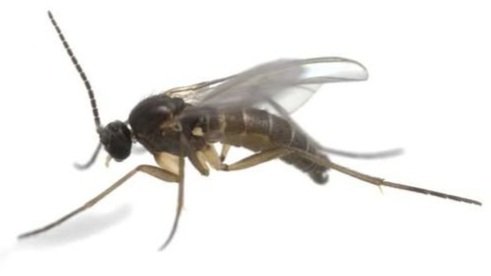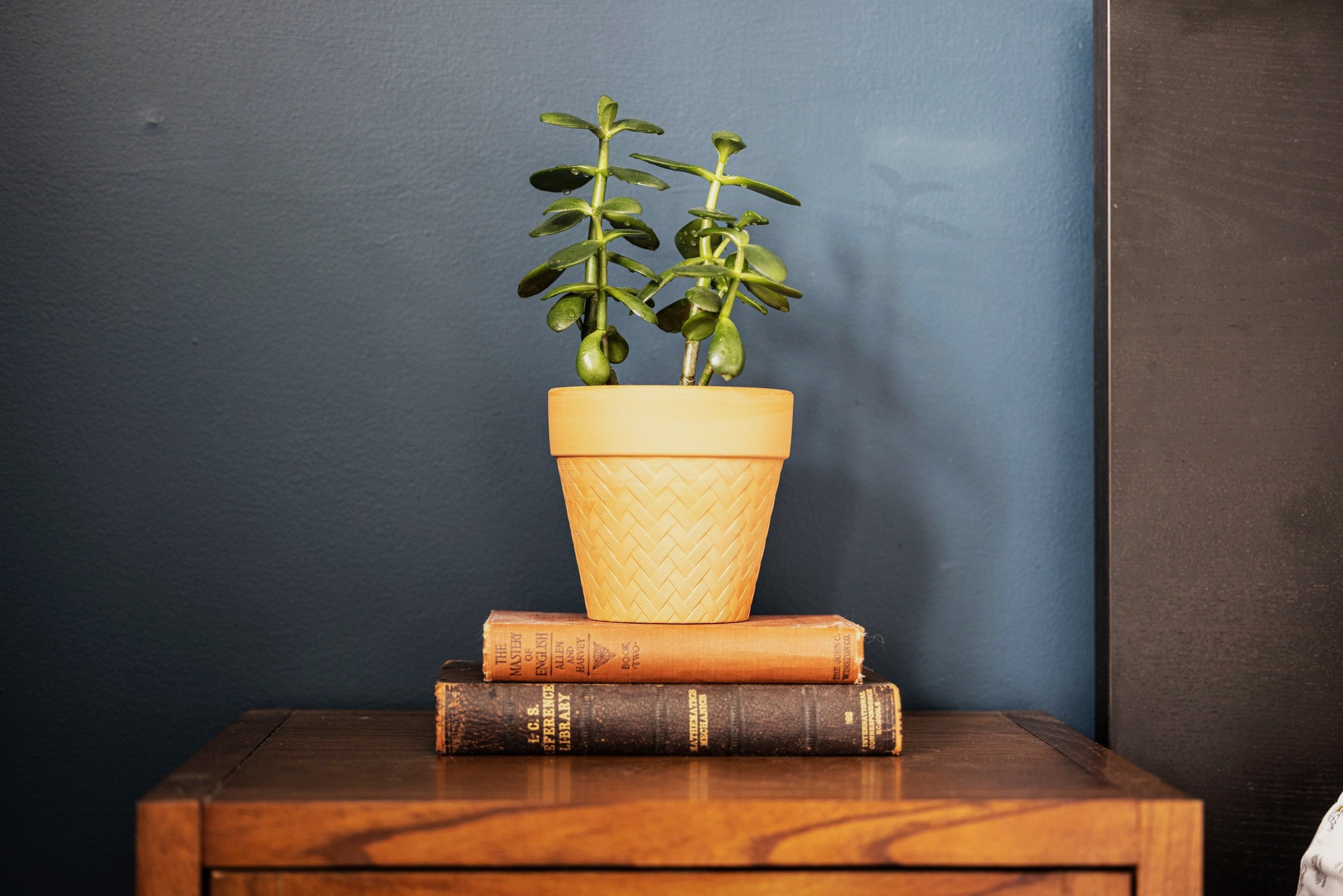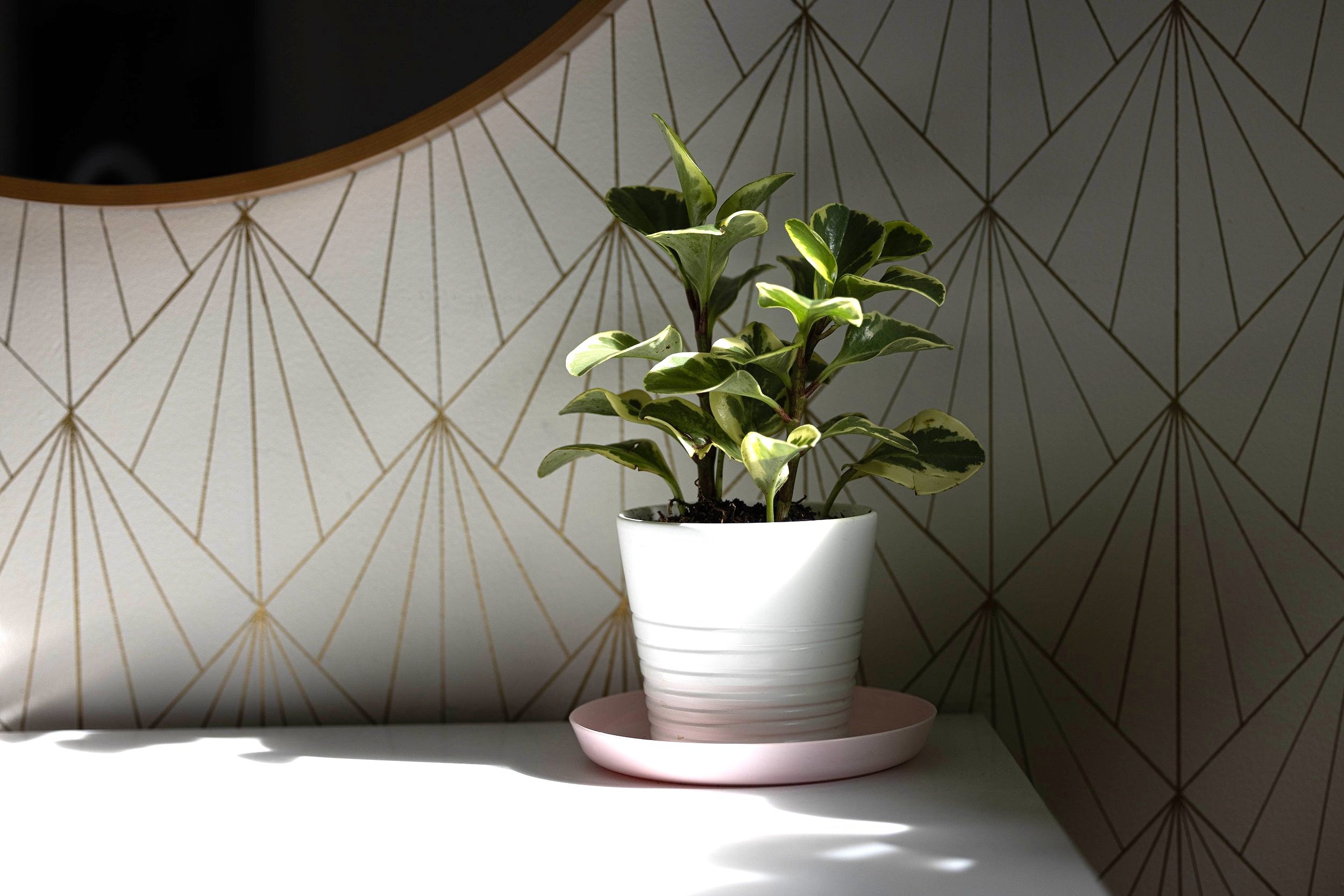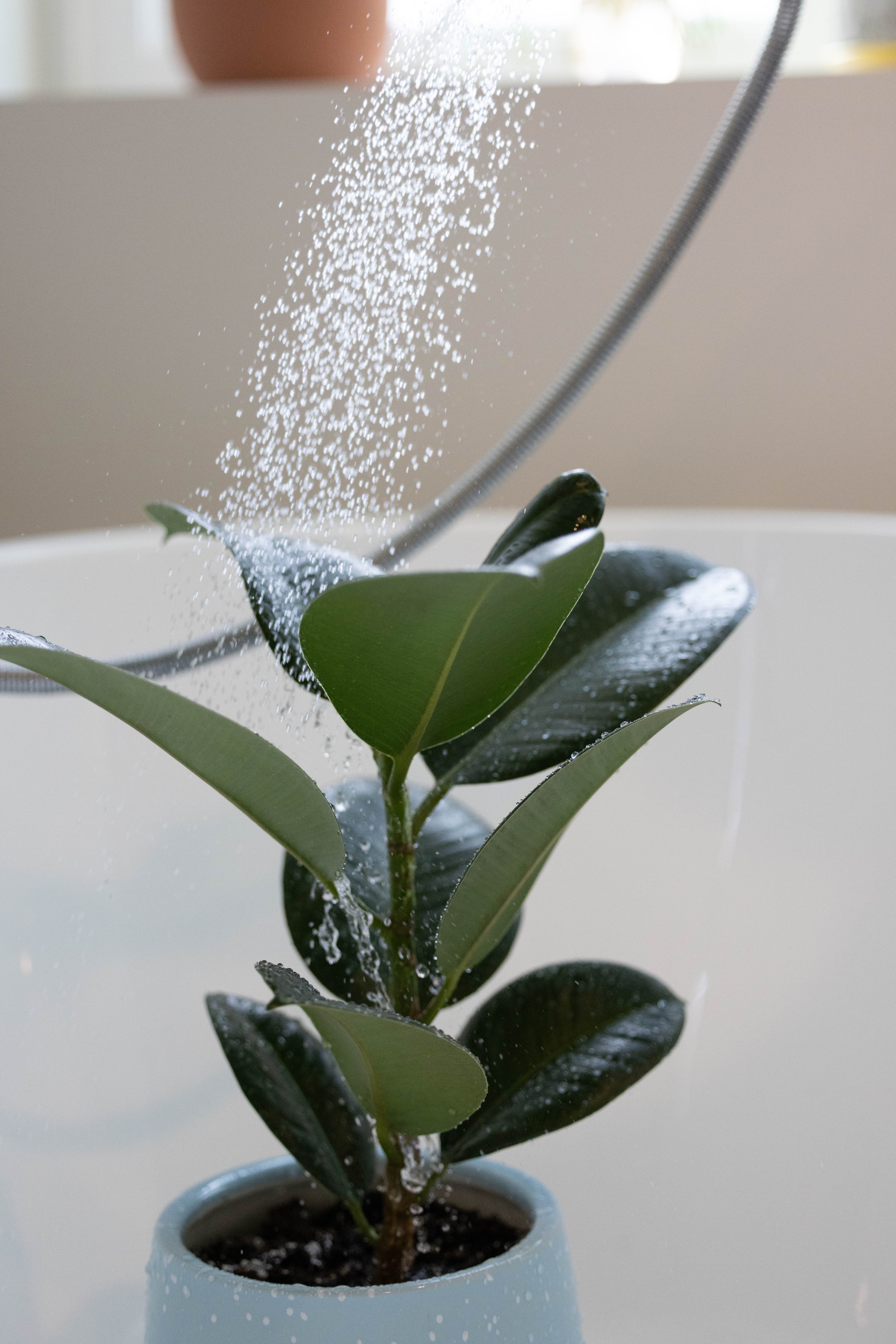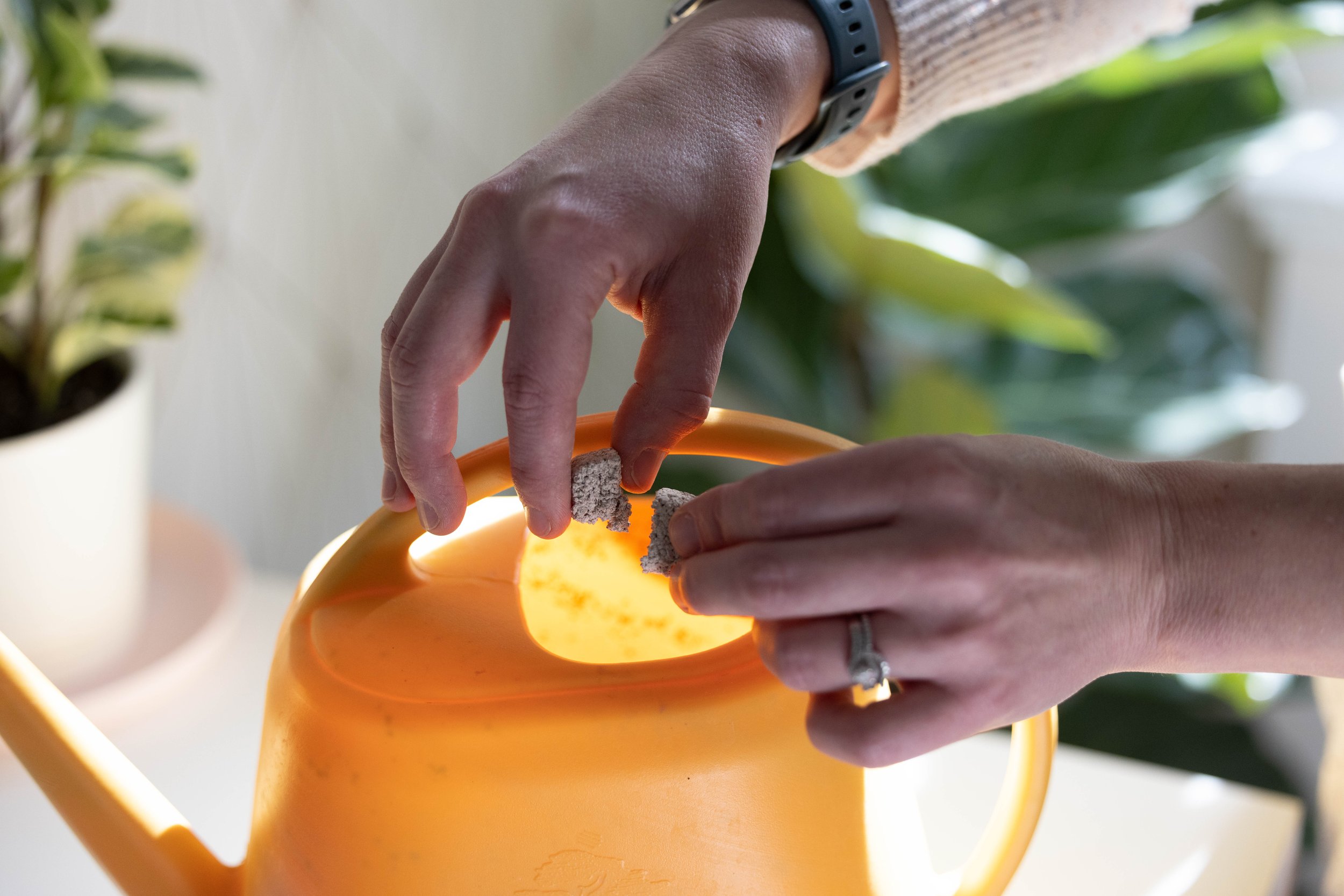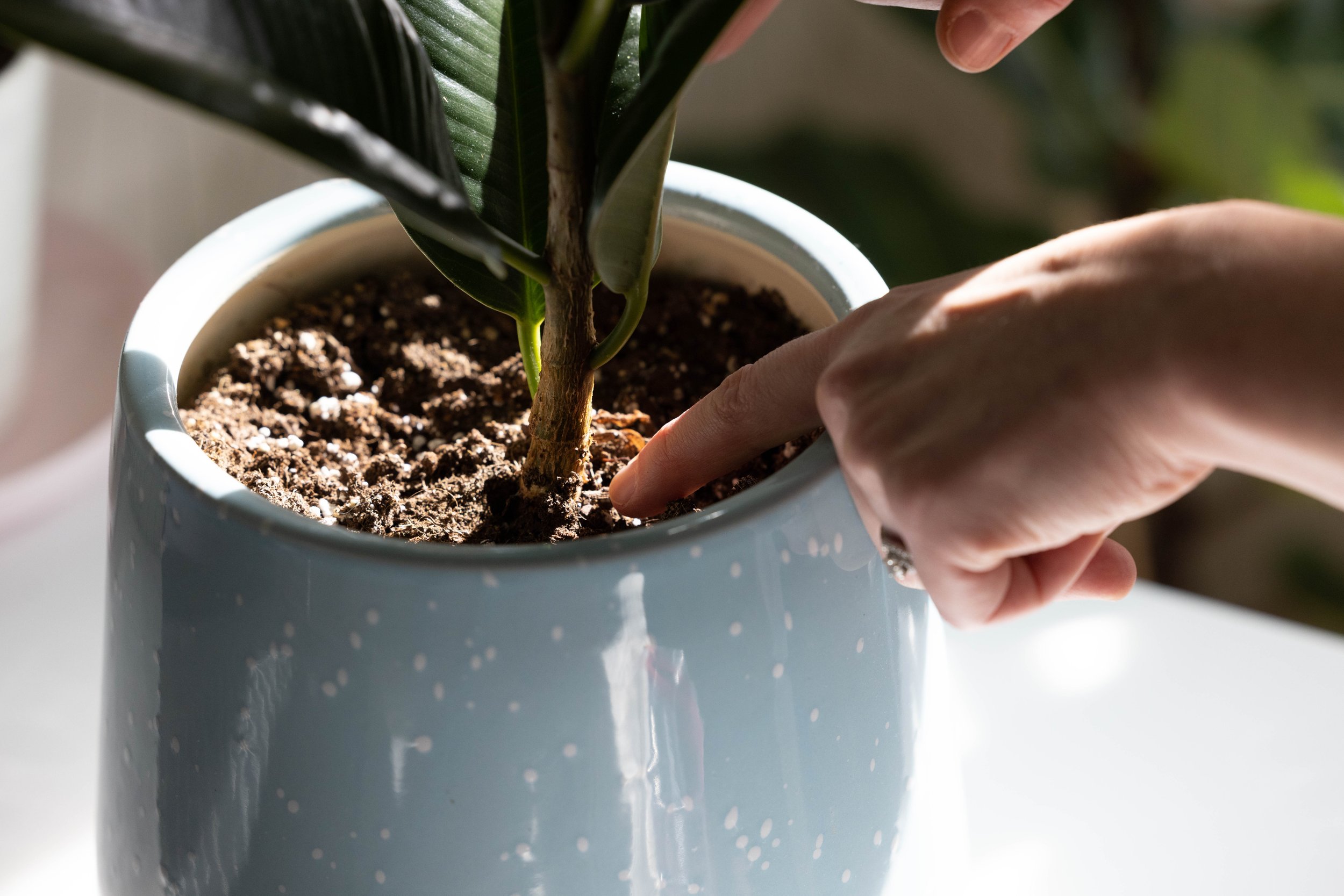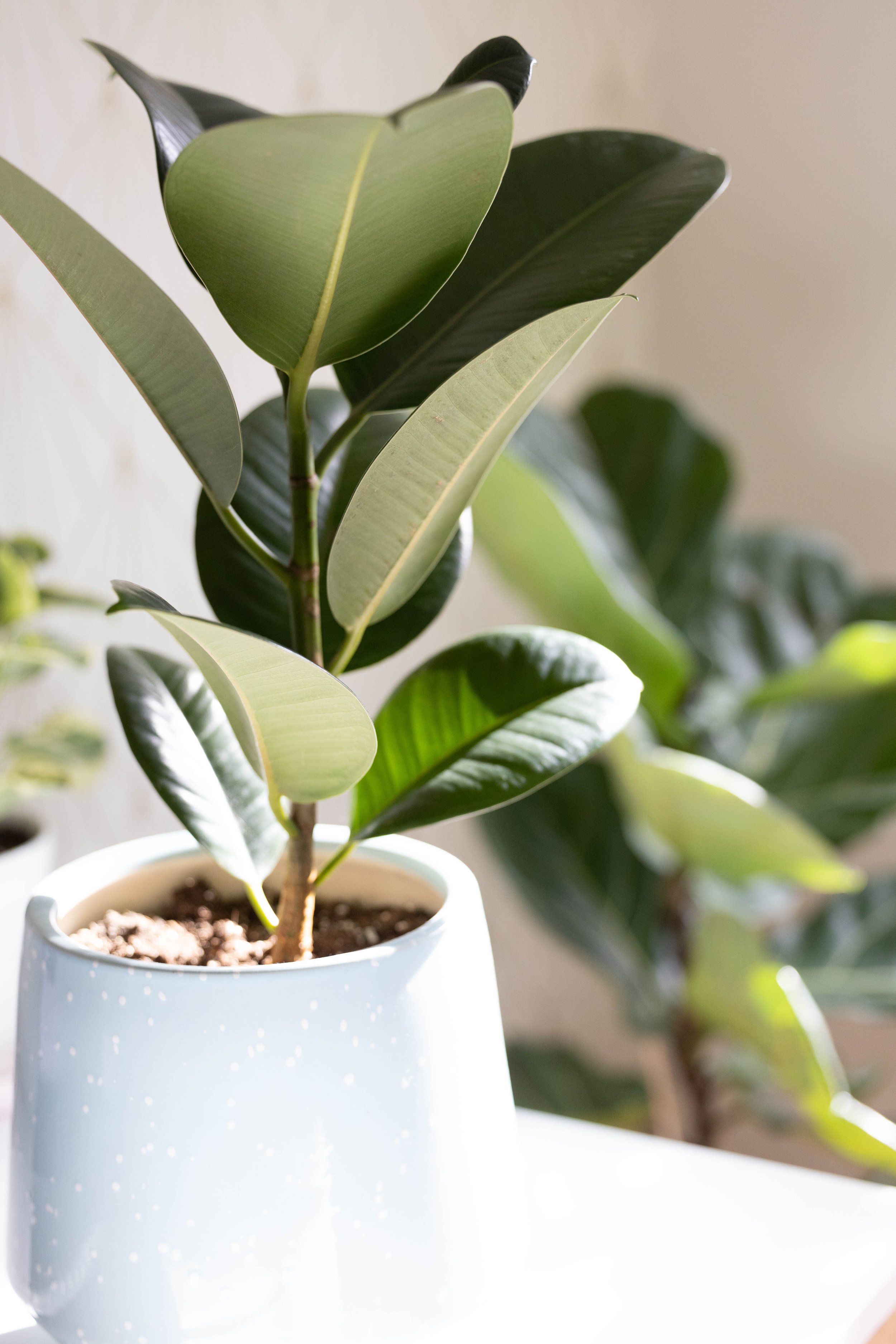How I Got Rid of Fungus Gnats
Fungus Gnat Infestation? Here’s How to Get Rid of Them
Everyone has been bothered by the occasional gnat flying around their face at some point. But if you have houseplants, that little gnat could actually be a big problem. In this post, I’m breaking down how I eliminated my fungus gnat infestation and how to prevent it from happening again in the future.
A good while ago (longer than I'd like to admit), I started noticing gnats flying around my house. I'd squish them and move on, but the problem persisted - and then multiplied.
It got to a point where I couldn't sit and watch a show in the living room anymore because I was constantly distracted by these obnoxious little insects. Then I realized it wasn't just a few summer bugs that made their way inside - it was coming from my plants!
After some research, I quickly discovered that I had a *gulp* fungus gnat infestation.
What Are Fungus Gnats?
Source: Empress of Dirt
Fungus gnats are tiny flies that survive off the fungus in your plant soil. They're dark gray in color and only about 1/8" long. They don't bite and are harmless to humans.
Will Fungus Gnats Hurt My Plants?
Aside from being unbearably annoying, adult fungus gnats won't directly harm your plants. I say "directly" because their offspring most definitely can.
Fungus gnat larvae survive by eating fungi, organic matter in the soil, and the roots of plants, which can cause damage.
How to Get Rid of Fungus Gnats
I tried several methods to kill my herd of intruders before I finally found a solution. But first, here are some frequently-mentioned remedies that didn't work for me or were just too inconvenient to try:
As an Amazon Associate, I earn from qualifying purchases. This post may contain affiliate links, meaning I receive commissions for purchases made through those links at no cost to you.
Apple Cider Vinegar
Every time I’ve looked up a method to get rid of fungus gnats or fruit flies, the mixture of apple cider vinegar, dish soap, and water is always at the top of the list - and it has NEVER worked for me. This time was no exception.
It seems like the smell is just as obnoxious to the bugs as it is to my nose, and no one wants to go near the stuff.
Neem Oil & Other Sprays
Neem oil is a naturally occurring pesticide and came up frequently as an option to rid my life of fungus gnats, so I gave it a whirl. But I had some issues with it.
First of all, the suggested application was to drench my plants in neem oil - including the tops AND bottoms of leaves as well as the stems. This proved to be a really messy endeavor, especially when dealing with an oily substance.
On top of that, although the smell isn’t super strong, I definitely wasn’t a fan. Needless to say, this method didn’t work either.
I also tried other sprays that claimed to kill fungus gnats but to no avail.
Waiting Longer Between Waterings
Because fungus gnats thrive off the decaying material in soil, which is exacerbated by dampness, the idea behind this method makes sense. This seemed to work in the short term, but I ended up needing to water my plants before they died and the gnat problem picked right back up.
Drench in Water
I realize this remedy seems counterintuitive to the recommendation above. Let me explain.
The idea isn’t to just water your plants into oblivion, but rather to either put them in the shower and give them a good spray or dunk them in a bath to wash away the pests.
The problem here is that A) not all of my pots have drainage holes or nursery pots (something I’m working on switching out, don’t @ me), and B) it’s unlikely that this would wash ALL the larvae away. I didn’t even bother giving this idea a try.
Repotting
I have A LOT of plants, so it would have been wildly inconvenient to repot them all, but if you only have a couple this would be a viable option. Just make sure you throw out the old soil and maybe give your plant a good rinse before repotting.
Here's what finally worked:
Sticky Traps
I actually started using sticky traps while I was trying other methods of eradication. They work really well to capture adult fungus gnats as they’re flying past, but they don’t get to the root (pun intended) of the problem - the larvae.
The sticky traps can’t possibly catch ALL of the adults, so the gnats continue to reproduce, and the problem persists.
Mosquito Dunks
In the depths of the interwebs, after reading about oh-so-many solutions that didn’t work, I came across an article that recommended using mosquito dunks.
Mosquito dunks are small beige discs that are typically used for standing water (i.e. birdbaths). As they dissolve, they release a bacteria that is poisonous to mosquitos - and apparently to fungus gnats!
For the next couple of months (yes, you read that right), every time I watered my plants, I would break off a quarter of a disc, crumble it into my watering can (which holds about a gallon of water), and let it sit in water overnight to give it time to release the bacteria. I would then water my plants the next day.
While the sticky traps stopped the adult gnats in their tracks, the mosquito dunks killed them early in their lifecycle. I started noticing a difference after the first watering, but it took about 8 tries to completely get rid of the gnats.
During that time, I kept a close eye on the sticky traps and switched them out as needed. This helped me gauge how many gnats were still reaching adulthood and whether I needed to continue the mosquito dunk treatment.
And now, I’m so happy to say that I’m gnat free! I’d really prefer not to deal with this little problem ever again (and I bet you feel the same!), so below are some tips to avoid a gnat relapse.
How to Prevent a Fungus Gnat Infestation
Thoroughly Check, Clean, and Isolate New Plants
Before you even hit the check-out line, look closely for any small bugs flying around the leaves of your new buddy. Also, check the soil for larvae - which will be clear or whitish in color with a black head.
Once you bring your new plant home, give it a good shower to wash away any potential hitchhikers. And although it may not be the most effective in entirely ridding your plants of gnats, wiping down the leaves with neem oil will help prevent bugs from sticking around (and it adds a nice shine!).
Lastly, isolate your new plant for the first month before you introduce it to the rest of the gang. This will give you time to identify any critters you may have missed and treat the individual plant before the problem can spread.
Provide Drainage & Don’t Overwater
As I mentioned above, fungus gnats LOOOVE damp soil. To make your plants less appealing, make sure to only water when the top couple of inches of soil is dry and make sure any extra water has somewhere to go. Overwatering can also lead to root rot in plants, so consider this an extra important tip!
Final Thoughts
In the grand scheme of things, I’m a relatively new plant owner - and I’m learning new things about their care all the time! This experience was definitely a lesson learned for me, and hopefully, you found it helpful if you’re dealing with the same pesky problem. If you enjoyed this post, please consider sharing!

